Hi, wonderful people of Read.cash. I wish you all a stunning day or night.
You can guess from the title that I'm going to talk about food. I think I've said before that I like to cook. But not that cooking that some of us have to do every day. As a daily routine, I don't like it too much that kind of cooking.
But I love cooking for special occasions. To celebrate. To have dinner with friends or family. Or simply making a dish that brings back memories. Or that it comforts me because it reminds me of someone, a place, a trip. Or it reminds me of a memorable experience. Simply, Cooking with love.
Ceviche, the Peruvian star
So last week was my husband's birthday, and it made me want to prepare Ceviche that day. I've already published the photo of the result on my profile in Noise. So maybe you have already seen it. Ceviche is a Peruvian dish made of fresh raw fish marinated in lemon or lime fresh juice. It's considered one of the best known dishes of Peruvian gastronomy. Although, I must say that Peruvian cuisine is much more than Ceviche. And Lima, the capital of Peru, is on my wish list of travel destinations, just because I love Peruvian food. And I think it is one of the richest in flavors and complexity in Latin America.
Ceviche has become so popular in some Latin American countries that I cannot remember the first time I ate Ceviche. It would be a long time ago. But I do remember the first time I ate Ceviche as it should be. Because many people let the fish marinate in the lemon or lime juice for hours. And that makes the fish "overcooked" and with a texture that isn't so pleasant. The fish, in the good Ceviche, should only be marinated for a few minutes. And I learned this from some Peruvian friends who used to live here. We used to get together a lot, to eat and drink and we always prepared different things. All the Peruvian food I cook, I learned with them.
So I'm going to share with you how to prepare a Ceviche. The first you'll need it's a very fresh white firm fleshed fish. I used Dorado fish because it was what my fish supplier had. But I usually like to make Ceviche with Sea Bass.
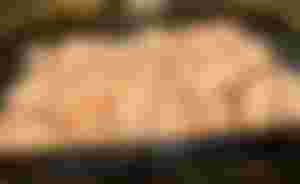
The fish is diced and seasoned with salt and pepper. Then we add onion cut in slices, I like the purple onion better for Ceviche, but it can be any. Chili finely cut, it can be yellow, which is the Peruvian chili, but the chili peppers that I used this time are also fine. And it's not the classic Ceviche recipe, but I like to add a bit of fresh ginger grated very finely. All of this is placed covering the fish.
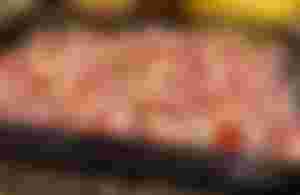
Finally, add the freshly squeezed lemon juice and a little finely chopped fresh coriander. And left the fish to marinate for 10 minutes.
Some time ago, I read in an interview with a famous Peruvian chef, Gastón Acurio. He said some ice cubes should be added to the fish while marinated to keep it cold. And that the lemons shouldn't be squeezed completely to don't let the bitterness of the lemon peel affect the flavor of the lemon juice, and therefore the flavor of the Ceviche.

So after 10 minutes, the fish is stirred so that all the ingredients are well mixed. And voila, the Ceviche is ready to serve. This time, I didn't make it as a main dish. Rather we had several starters to snack on. But when you have Ceviche as your main dish, Peruvians usually eat it accompanied by sweet potatoes and canchitas (Peruvian corn nuts).
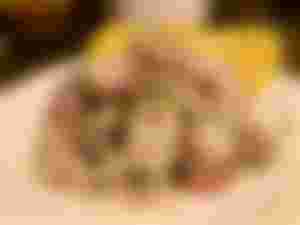
Quesillo, a traditional Venezuelan dessert
If there is a dessert that gives me good feelings, it's the Quesillo. It's the Venezuelan version of Flan. And the main difference is the flan is made only with the egg yolks, but for the quesillo, we also use the egg white.
In my house, there are no birthdays without quesillo. For me, it's a dessert that has great sentimental value. I learned how to make quesillo with my grandmother. And although, it's a dessert with no hidden science behind it and very easy to make. It seems in my family is implicit that I'm the only one that makes Quesillo.
The first thing is to make the caramel. We'll use the same mold we are going to use to bake the quesillo later. The secret to making a good quesillo is the caramel. It shouldn't be burned, but be golden to give a tasty flavor to the quesillo. For the caramel and the amount of ingredients to use in the quesillo, I usually use 12 tablespoons of sugar and the same amount of water.
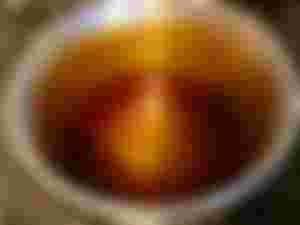
I'm not very into following recipes to the letter. But with desserts, that changes a bit, and you have to be more strict in the amount of ingredients. For a small quesillo, you'll need 5 eggs, a can of condensed milk, and the amount equivalent to the can in milk. Some people add a teaspoon of vanilla essence. And even if you want to be more creative, you can even add a touch of coffee or rum.

The ingredients are mixed with an electric mixer or in the blender. Then the mixture is poured into the mold with the caramel already cold. It's baked water bath for about an hour, or until when you insert a toothpick into the mixture, it comes out clean. For the first 15 minutes, I bake it uncovered and then I cover the mold so that the surface of the mixture doesn't brown too much.
When we remove it from the oven, we wait for it to cool down. And then put it in the refrigerator for several hours. The quesillo needs to be cold to be removed from the mold.
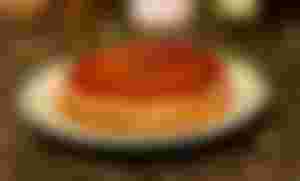
One of the things about the quesillo and the one that owes its name is the texture, with holes that make it look like a piece of cheese. My grandmother used to tell me that the number of holes was due to the time you spent mixing the mixture. So if you like the quesillo with many holes. You have to beat the mixture for a longer time.
And as a last piece of information, I will tell you that although Venezuelans are very proud to say that the quesillo is ours. The truth is we inherited it from one of the many migrations we have received from Spain. In this from the Canary Islands. In the Canaries, they also made quesillo.
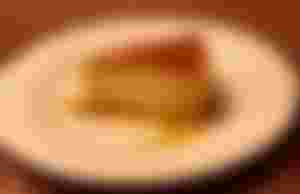
So far, my dear readers, my Cooking with love for today to celebrate my hubby's birthday. I hope this whets your appetite. And if you try any of these two dishes don't forget to tell me. And if you have tried them, let me know in the comments.
To all my dear readers, thank you so much!
These are all my wonderful sponsors. I'm very grateful to have all of you. And those who read me, if you still don't know any of these wonderful writers, I encourage you to visit their profiles and read their articles.
A special thank you today to my dear friend @Yelenab, my most recent Sponsor. We've been following each other for a long time in Noise. And now she's back in here. If you haven't read any of her poems, I encourage you to do so. Grazie amica mia!
All images and writings are my own unless anything different is stated. Copyright CoquiCoin 2021.
Until next time! ;)
August 17, 2021
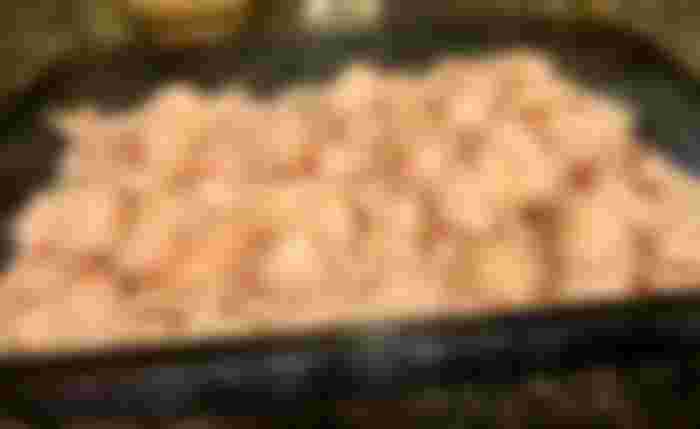
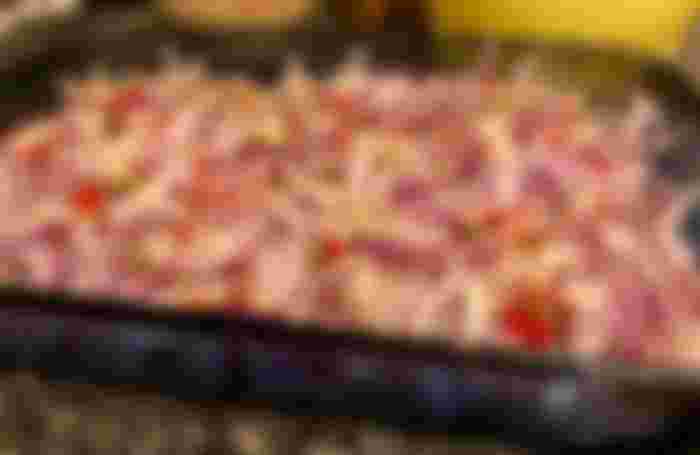
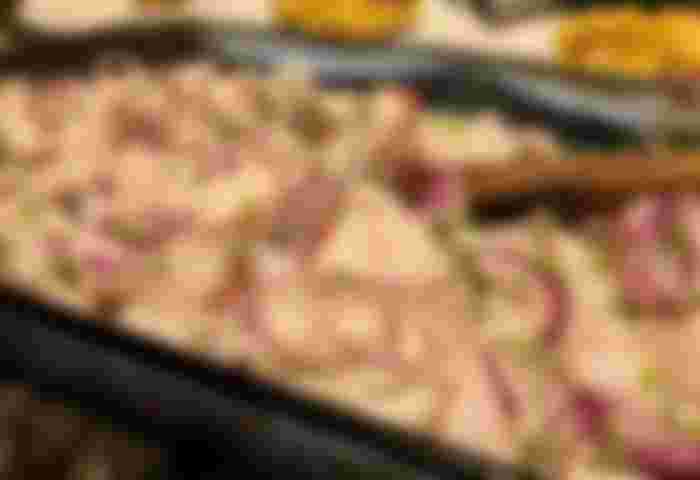
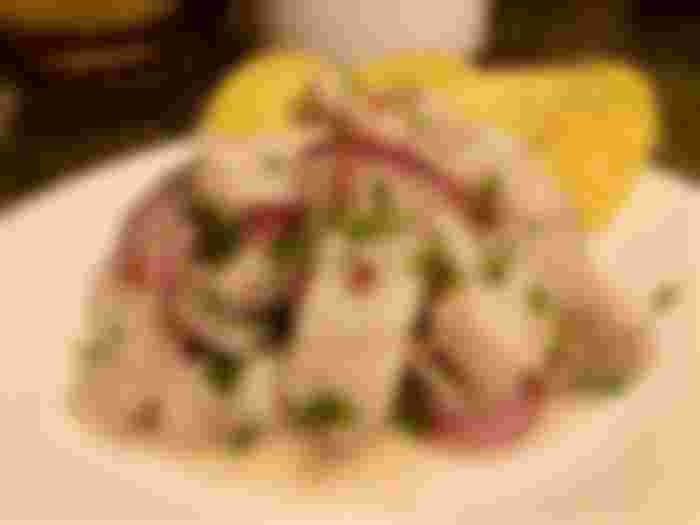
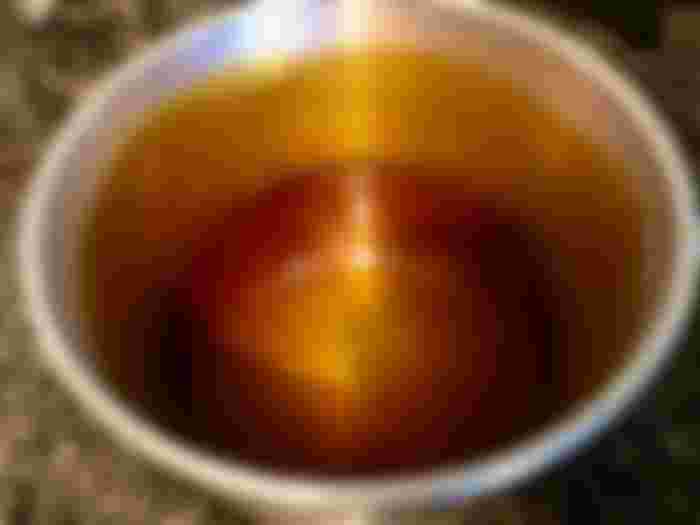
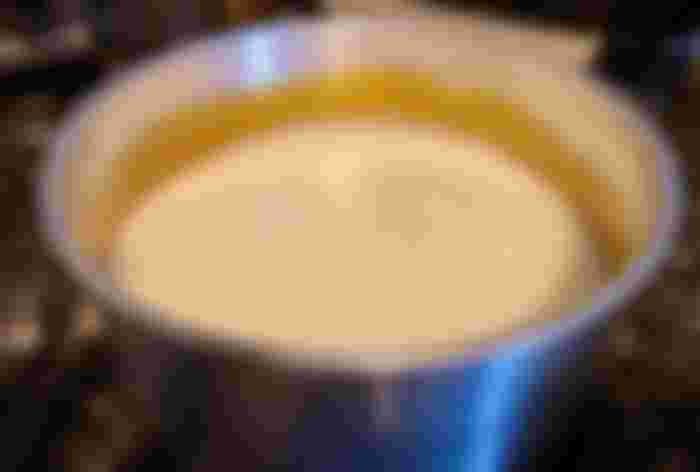
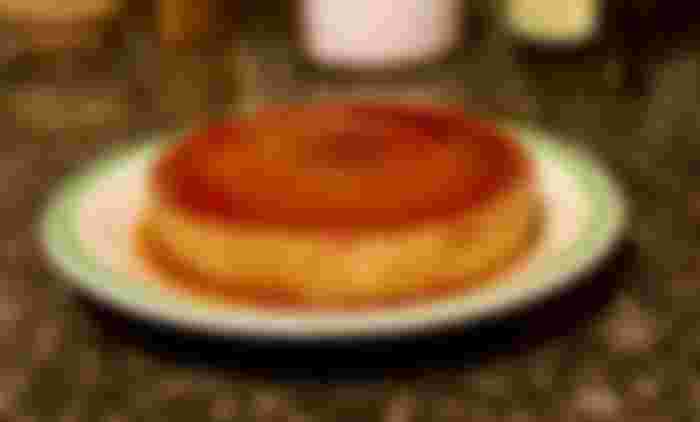
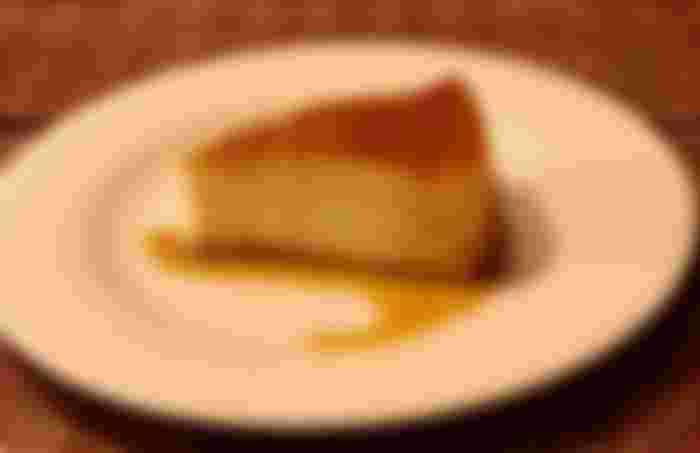
That quesillo looks like what we call leche flan :) That made me crave for something sweet :D
I want to try that fish. It looks yum!